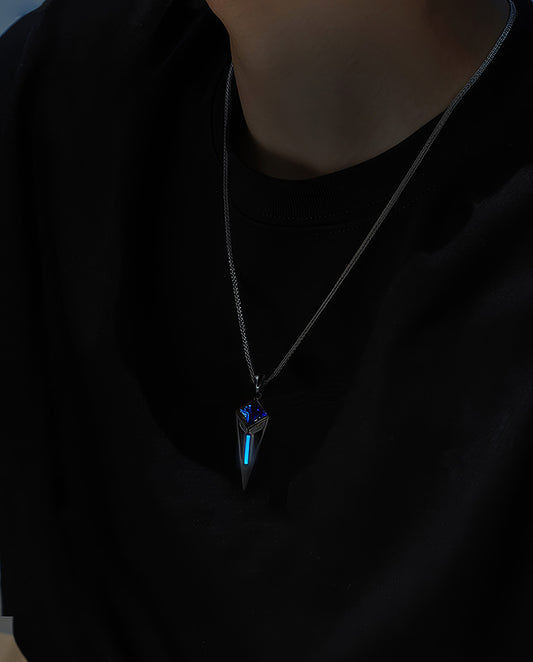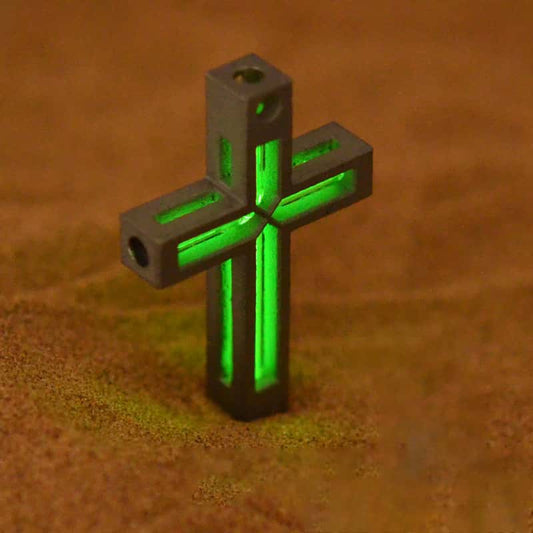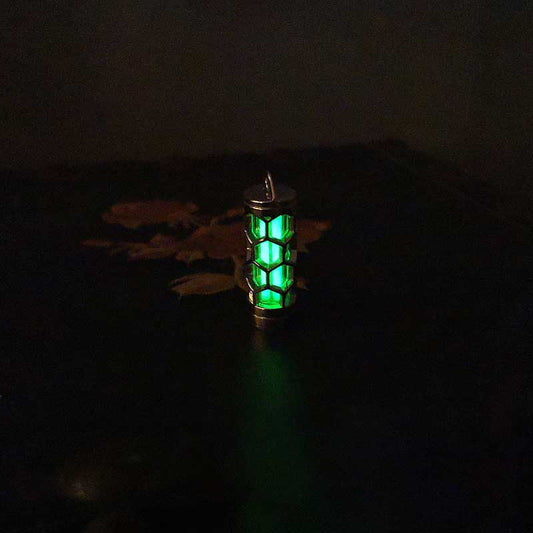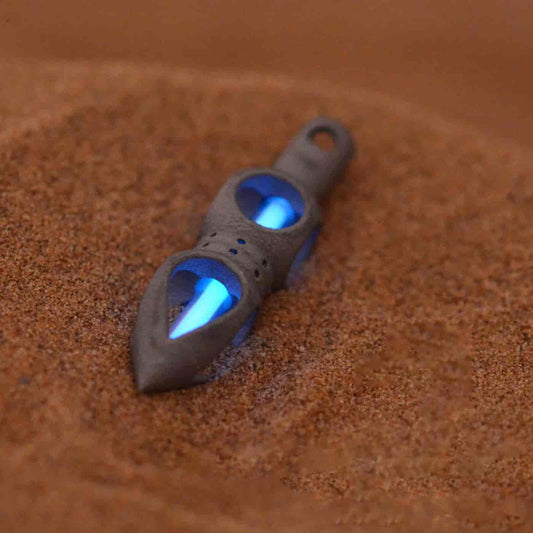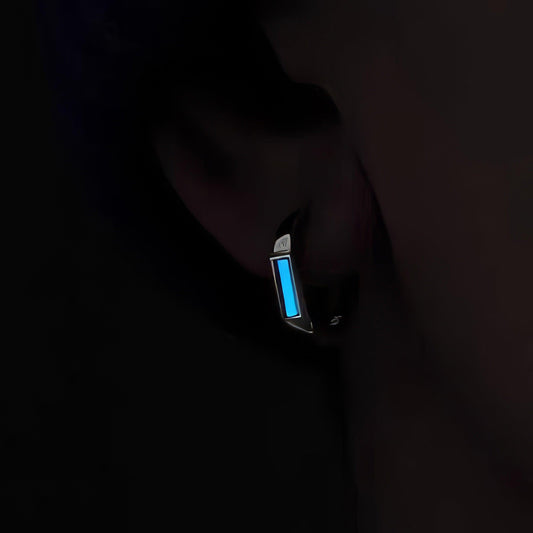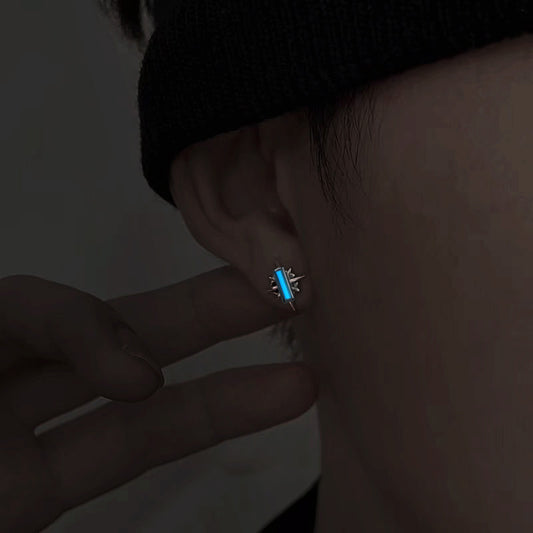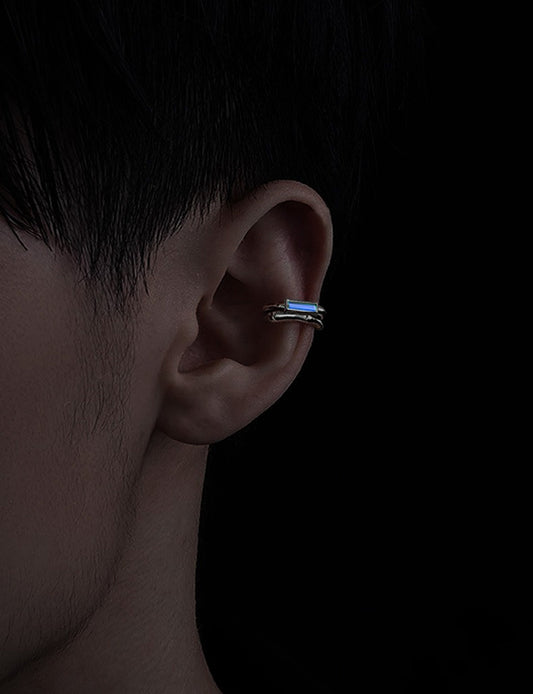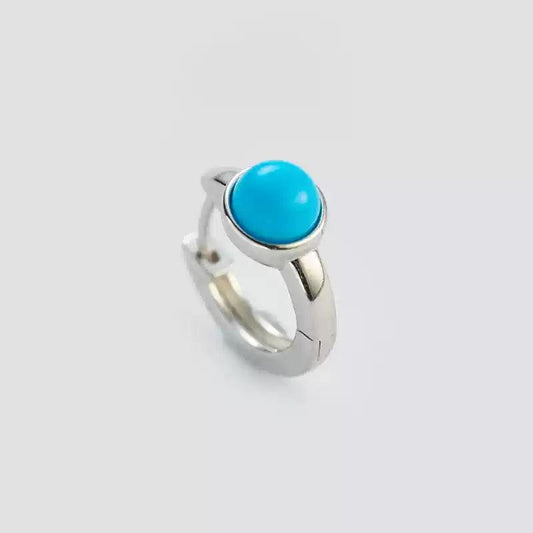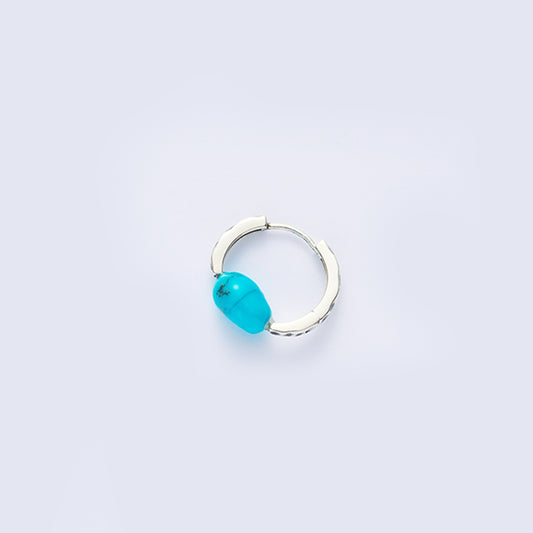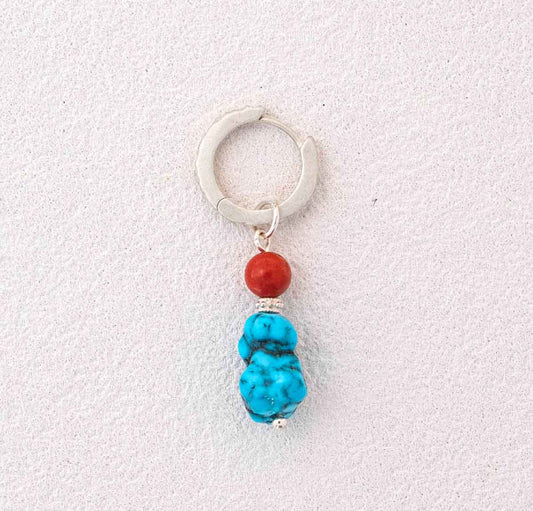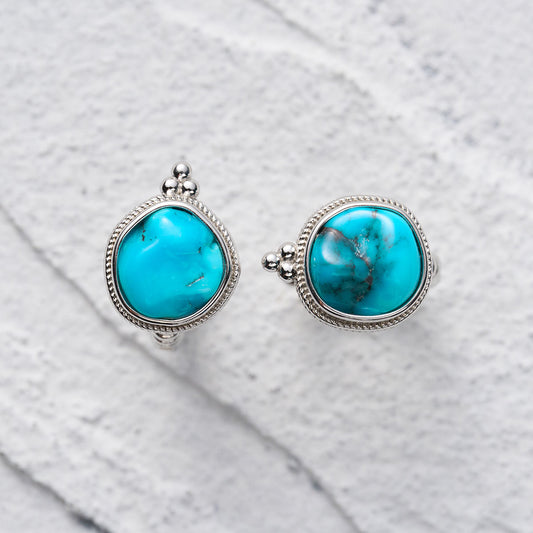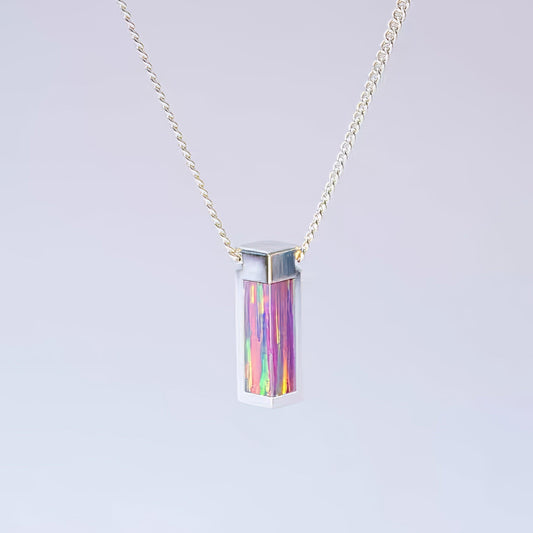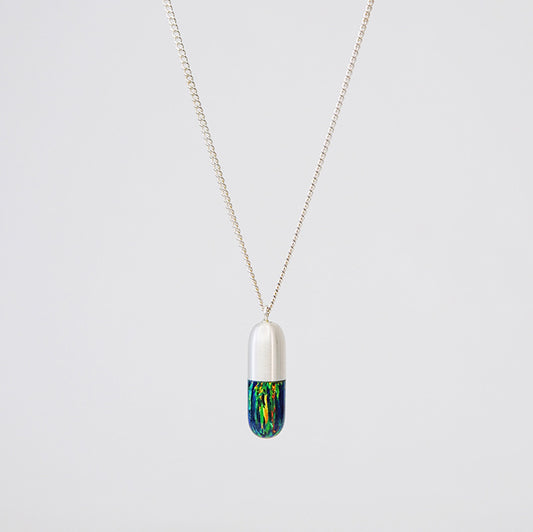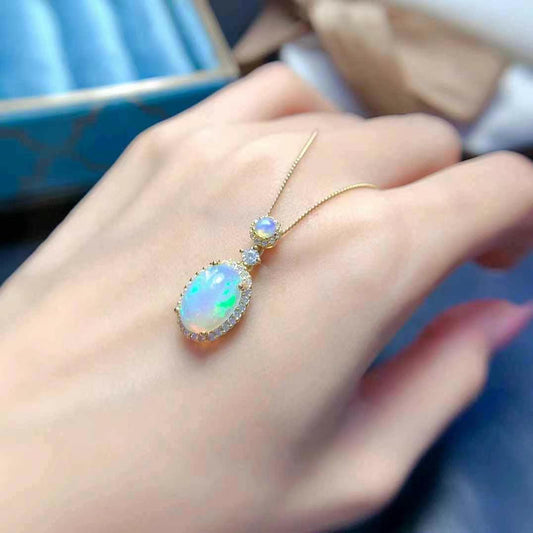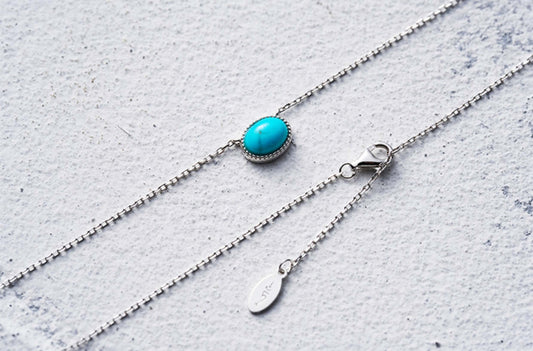Conflict-Free Engagement Rings A Modern Love Story
Conflict-Free Engagement Rings A Modern Love Story
When my best friend Lisa announced her engagement last fall, I felt a burst of excitement that quickly shifted to bewilderment as she mentioned her fiancé had chosen a "conflict-free" engagement ring. Initially, I pictured some type of ultra-modern design, the kind you'd see in a Scandinavian art exhibit. But as she explained the meaning behind it, I realized that the term hinted at something much deeper and more significant than aesthetics.
Western culture's evolving emphasis on ethical consumerism has turned the spotlight to conflict-free diamonds. The concept isn't just about a pretty stone; it's about ensuring that your symbol of love comes without the invisible baggage of bloodshed and exploitation. If you’ve ever watched a film that painfully unveils the dark side of diamond mining, like "Blood Diamond," you understand why more couples are opting for these responsibly sourced gems.
Diamonds labeled as conflict-free are those that are mined and distributed under ethical standards, without funding violence or human rights abuses. The Kimberley Process, a certification scheme established in 2003, aims to prevent conflict diamonds from entering the mainstream market. While not entirely foolproof, as some critics argue, it has significantly raised awareness and accountability in the diamond trade.
As I delved deeper into the topic—driven by curiosity, or perhaps a smidge of envy for Lisa's apparent enlightenment—I discovered that there's more than one way to ensure a guilt-free sparkle. Lab-grown diamonds have emerged as a popular alternative. These stones, created through technological processes in labs, are virtually indistinguishable from their mined counterparts. In fact, they’re gaining traction not just for their ethical advantage but also for their affordability and environmental benefits. It's hard not to be charmed by the idea of a gemstone that's both beautiful and brainy.
Culturally, the move towards conflict-free rings aligns with a broader shift among millennials and Gen Z, who prioritize values such as sustainability, transparency, and social justice. This generation seems to prefer crafting personal stories over following traditional paths. I couldn't help but think: are we witnessing not just a trend, but a redefinition of what it means to start a life together?
On a lighter note, Lisa shared with me the moment her fiancé, Mark, presented her with the ring. Apparently, he had been so nervous about choosing the ethically sourced rock that he ended up conspiring with her sister to ensure it matched her style. His relief was palpable when she burst into tears of joy, and not just because of the ring. It was the thoughtfulness and shared values that truly made the piece sparkle.
Reflecting on this, I find myself pondering my future choices. A part of me feels a bit smug considering the intricacies involved in ethical jewelry shopping—and another part simply marvels at how love stories continue to evolve. After all, doesn’t it seem perfectly fitting that something as enduring as an engagement ring should be chosen with care and conscience? That, in itself, might just be the most romantic part of the tale.
